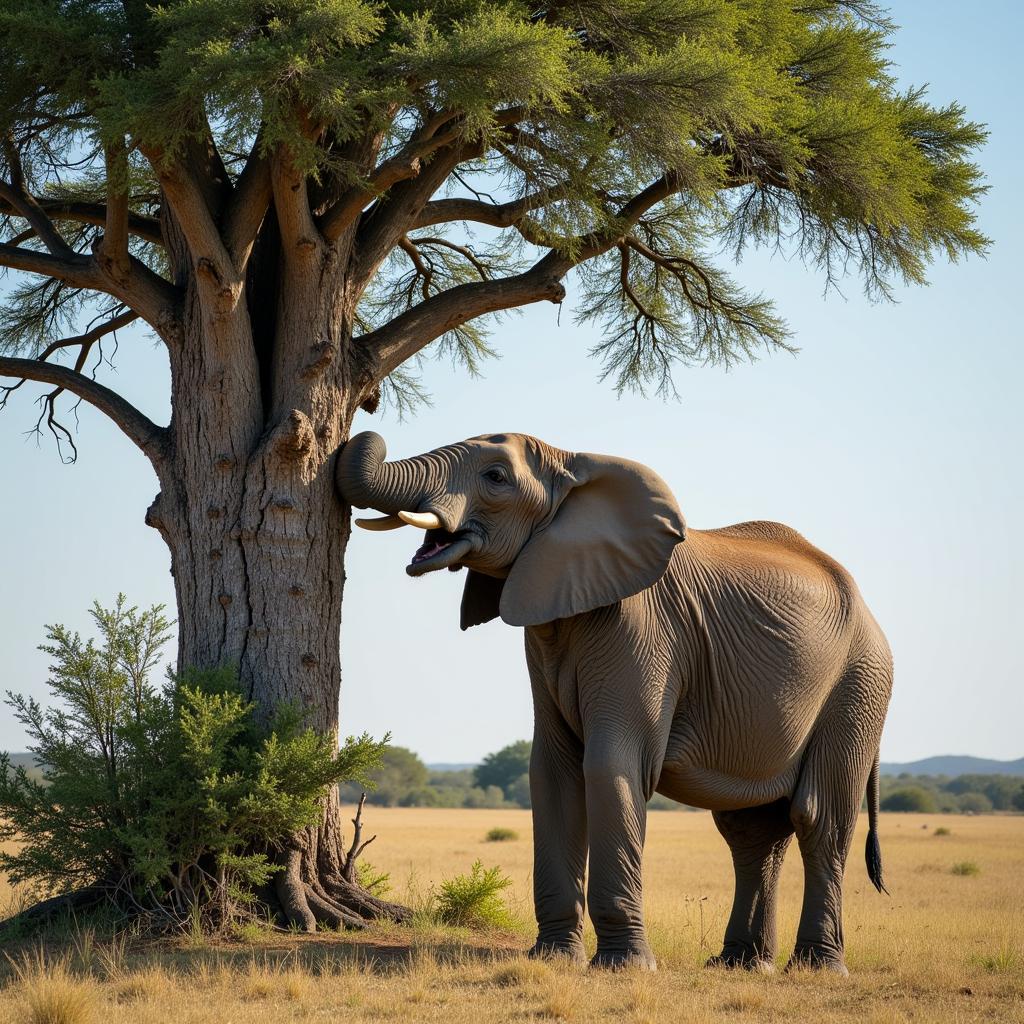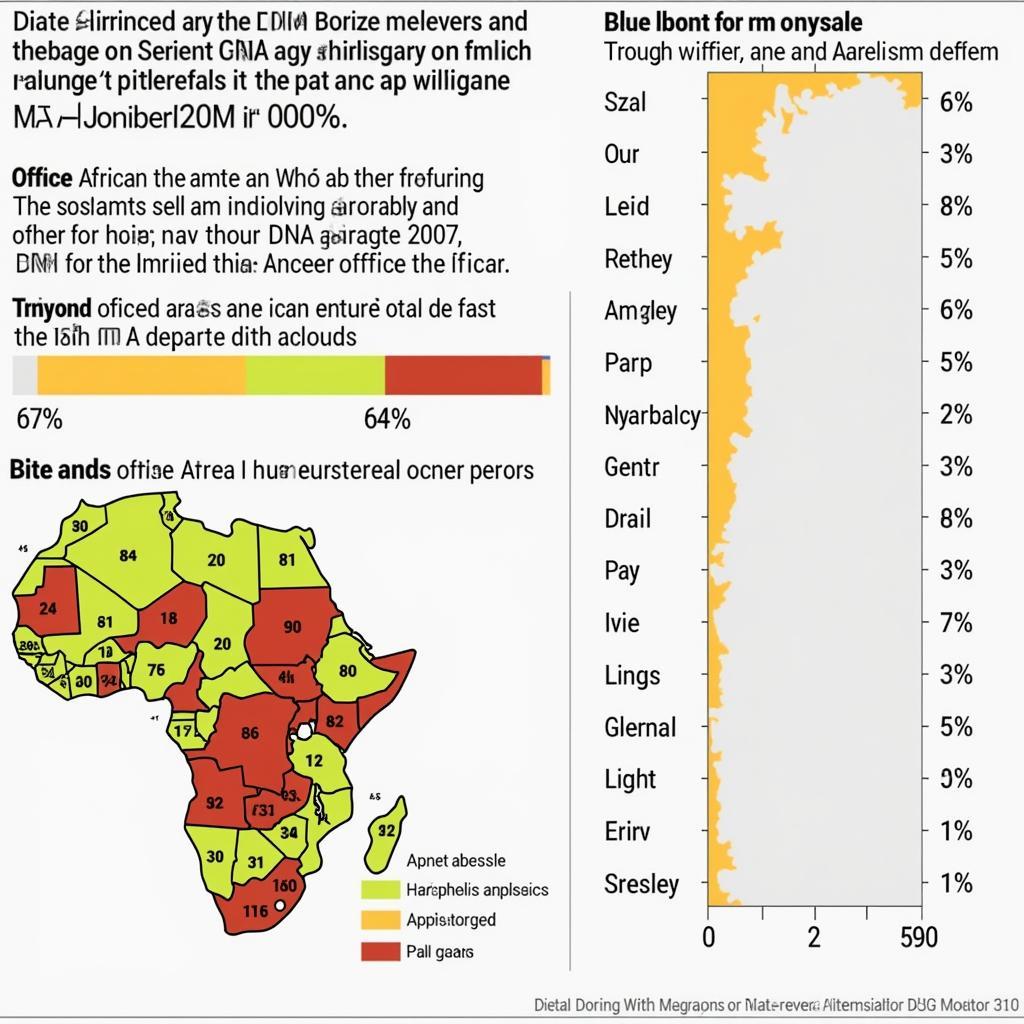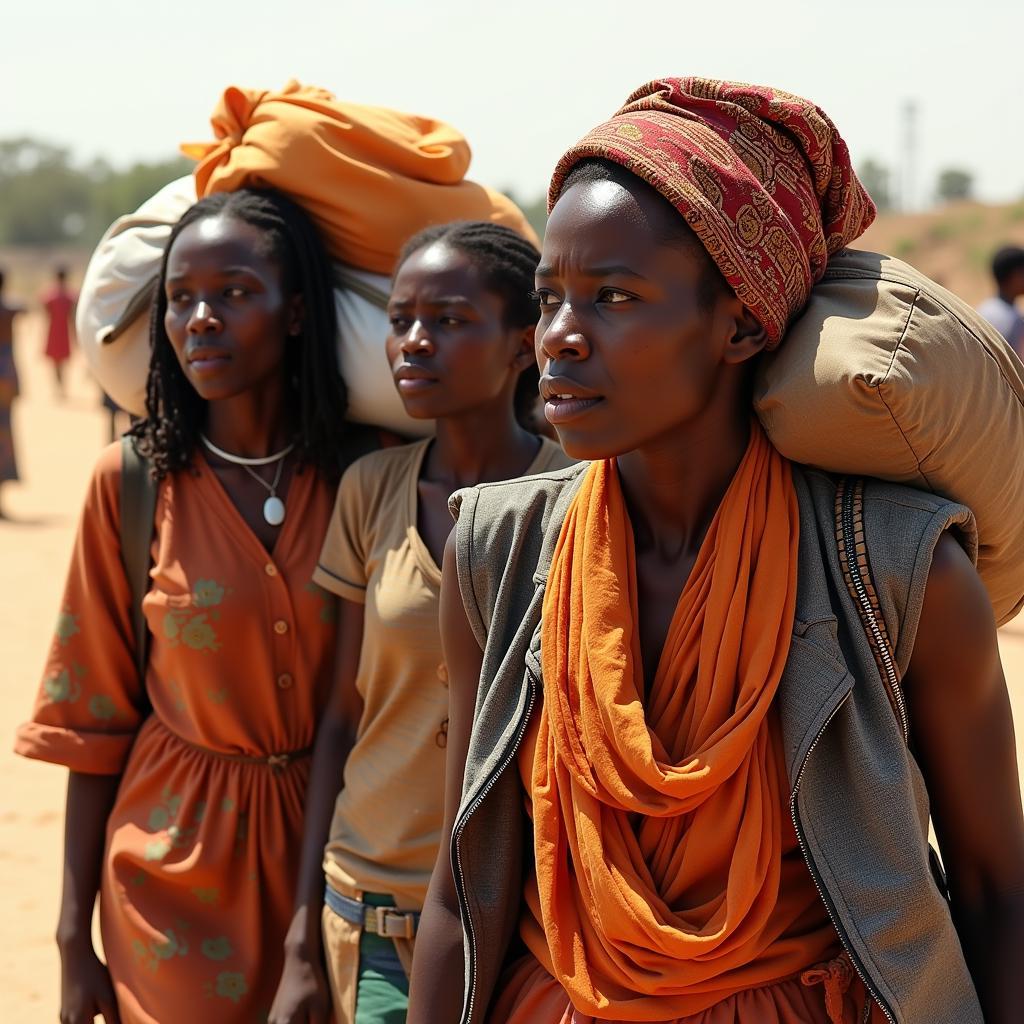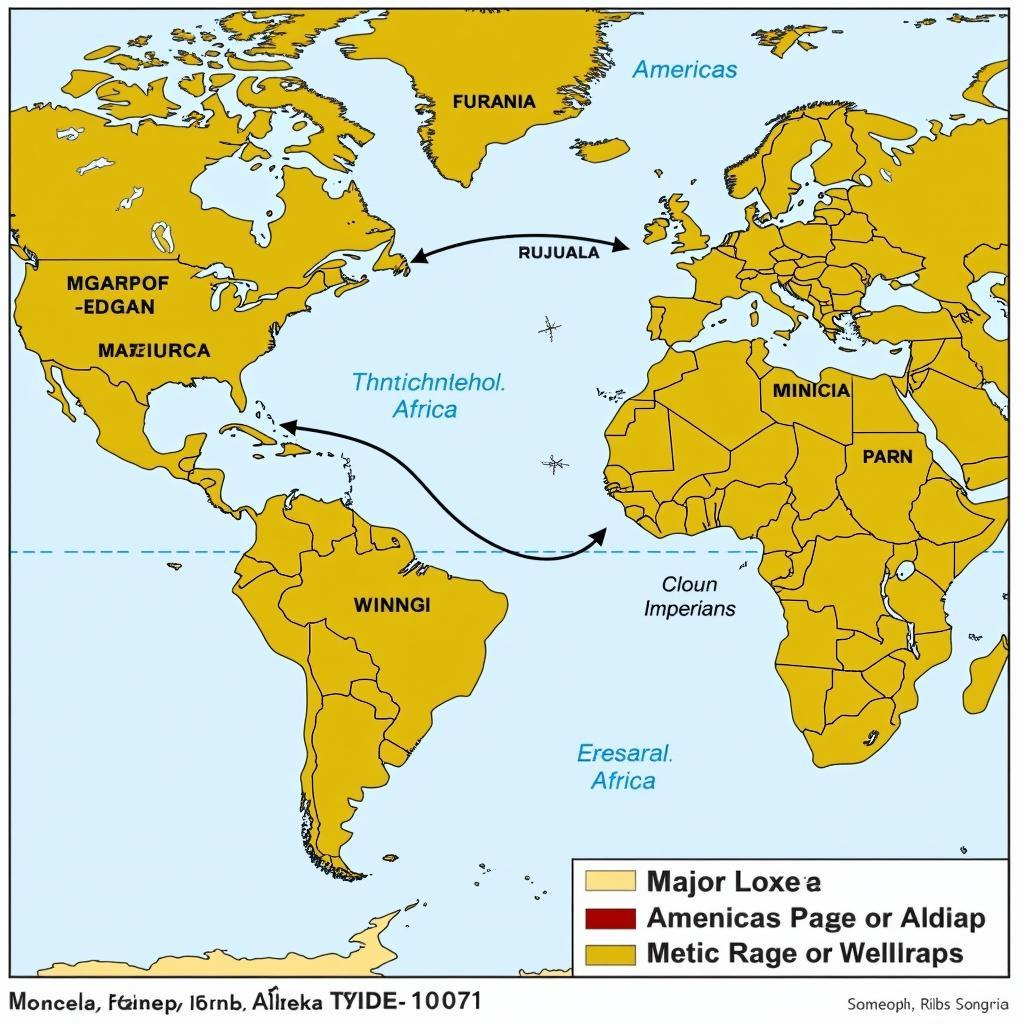Exploring the Rich Tapestry of African Art and Culture
African art and culture are renowned for their vibrancy, diversity, and profound impact on the world. From the intricate sculptures of West Africa to the captivating music and dance traditions of East Africa, the continent is a treasure trove of artistic expression and cultural heritage.
The Significance of Art in African Societies
Art plays an integral role in African societies, often serving both practical and spiritual purposes. It is deeply intertwined with daily life, rituals, and ceremonies. Traditional African art forms encompass a wide range of mediums, including:
- Sculpture: Perhaps the most widely recognized form of African art, sculptures often depict ancestors, deities, or important figures. Materials like wood, bronze, and ivory are masterfully carved and often adorned with symbolic patterns and embellishments.
- Masking: Masks hold immense cultural significance in many African cultures, used in rituals, dances, and ceremonies. They are often imbued with spiritual power and represent ancestors, spirits, or mythical beings.
- Textiles: From the intricate kente cloth of Ghana to the colorful bogolanfini mud cloth of Mali, African textiles are known for their vibrant patterns, intricate weaving techniques, and symbolic motifs.
- Pottery: Pottery serves both functional and artistic purposes in African cultures. Clay pots, bowls, and other vessels are often decorated with geometric patterns, stylized figures, or scenes from daily life.
- Music and Dance: Music and dance are integral parts of African cultural expression. Rhythmic drumming, melodic singing, and energetic dance movements characterize many African musical traditions and often accompany ceremonies, celebrations, and storytelling.
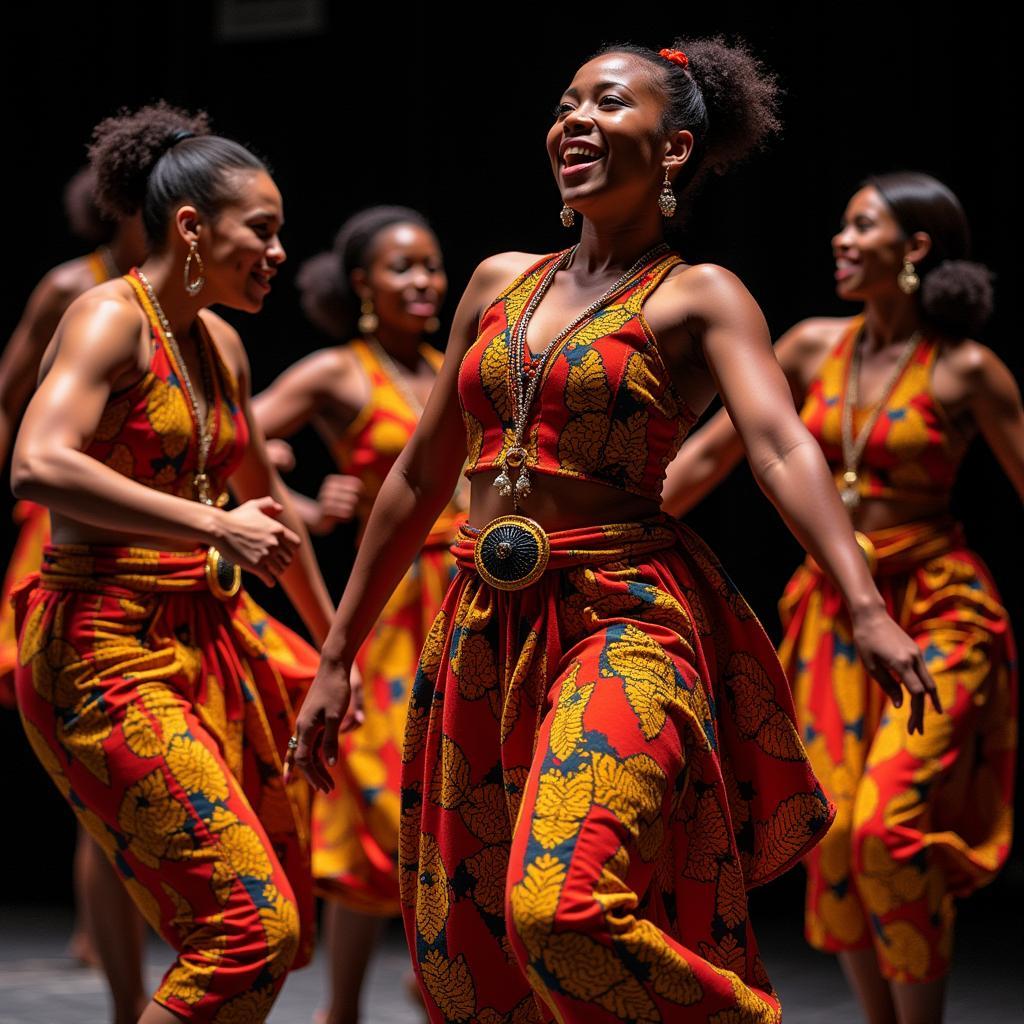 Traditional African Dancers in Performance
Traditional African Dancers in Performance
The Diversity of African Culture
Africa is a vast continent with an incredible tapestry of cultures, each with its unique customs, languages, and traditions. From the nomadic tribes of the Sahara Desert to the bustling cities of the south, the continent is a melting pot of cultural influences.
One of the most remarkable aspects of African culture is its emphasis on community and collectivism. Family and community ties are highly valued, and traditions are often passed down orally from generation to generation. Respect for elders is paramount, and oral history plays a crucial role in preserving cultural heritage.
The Enduring Legacy of African Art and Culture
African art and culture have had a profound impact on the world, influencing art movements like Cubism and inspiring fashion, music, and dance globally. The rhythms of African music can be heard in jazz, blues, and other contemporary genres. African textiles and patterns continue to influence fashion designers worldwide.
Conclusion
Exploring the diverse world of African art and culture is a journey of discovery. From the intricate masks and sculptures to the rhythmic music and dance, Africa’s artistic heritage continues to captivate and inspire. Understanding and appreciating the richness of African culture requires embracing its diversity, respecting its traditions, and recognizing its profound impact on the world stage.
